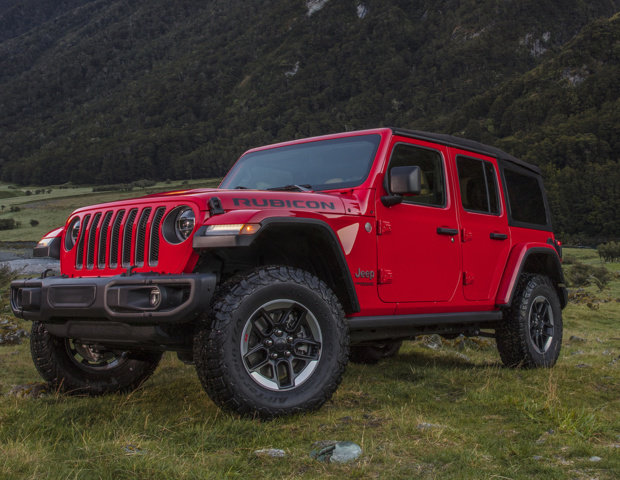2021 Chrysler Pacifica Hybrid vs 2020 Jeep Wrangler
Overview | ||
MSRP | $28,295 | $43,100 |
Average price | $29,084 | $25,285 |
Listings | ||
Ratings & Reviews | ||
User reviews | ||
Expert reviews | 7.7 out of 10Read full review | |
Pros & cons | Pros
| |
Summary | It’s hard to find a car with better brand recognition than Jeep's Wrangler. It is an American 4x4 icon, with military roots and millions of miles of trails traversed. As awesome as Jeeps are, they require one caveat: They are not very efficient. This has become more glaring as the rest of the industry works to improve fuel economy. Jeep has made incremental improvements in the past several years, with mild hybrids and turbocharged 4-cylinder engines, but these setups still don‘t get much better than V8-level fuel economy. So for 2020, Jeep offers a new diesel engine in the Wrangler Unlimited. Read on to learn if this new engine actually improves the Wrangler’s fuel economy. And if not, does the Wrangler Unlimited do other things well enough to make up for its fuel thirstiness? | |
Video | No video found | |
Popular Features & Specs | ||
Engine | 3.6L 285 hp V6 | 3.6L 260 hp V6 Hybrid |
Drive Train | 4X4 | FWD |
Seating Capacity | 4 | 7 |
Horsepower | 285 hp @ 6400 rpm | |
EV Battery Capacity | 16 kWh | |
MPG City | 17 | 29 |
MPG Highway | 25 | 30 |
Battery Charge Time (120V) | 14 hours | |
Battery Charge Time (240V) | 2 hours | |
Engine | ||
Engine Name | 3.6L 285 hp V6 | 3.6L 260 hp V6 Hybrid |
Torque | 260 lb-ft @ 4800 rpm | |
Horsepower | 285 hp @ 6400 rpm | |
Battery Charge Time (120V) | 14 hours | |
Battery Charge Time (240V) | 2 hours | |
Drivetrain | 4X4 | FWD |
Fuel Economy | ||
EV Battery Capacity | 16 kWh | |
MPG City | 17 | 29 |
MPG Highway | 25 | 30 |
Interior | ||
Seating Capacity | 4 | 7 |
Safety | ||
Front Crash Overall | 4 | 4 |
Side Crash Overall | 5 | |
Dimensions & Capacity | ||
Cargo Space | 31.7 cu ft | 32.3 cu ft |
Curb Weight | 3948 lbs | 5010 lbs |
Height | 73.6 in | 69.9 in |
Length | 166.8 in | 204.3 in |
Width | 73.8 in | 90.4 in |
Wheelbase | 96.8 in | 121.6 in |
Maximum Payload | 1052 lbs | 1313 lbs |
Number of doors | 2 | 4 |
Maximum Towing Capacity | 2000 lbs | |

By: CarGurus + AI
At CarGurus, our team of experienced automotive writers remain at the heart of our content operation, conducting hands-on car tests and writing insightful guides that are backed by years of industry experience. To complement this, we are harnessing AI to make our content offering more diverse and more helpful to shoppers than ever. To achieve this, our AI systems are based exclusively on CarGurus content, ratings and data, so that what we produce is both unique to CarGurus, and uniquely helpful to car shoppers.




















